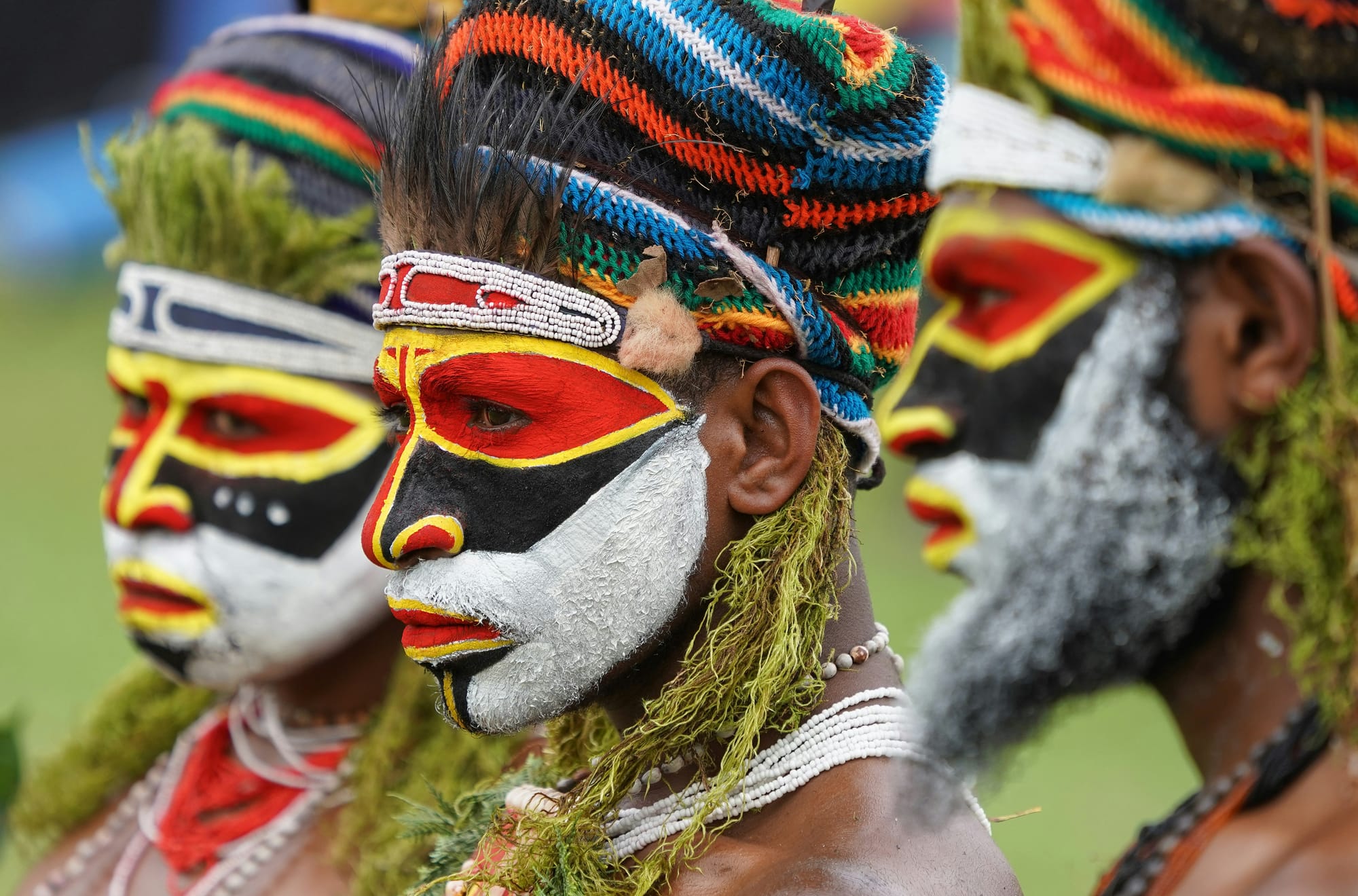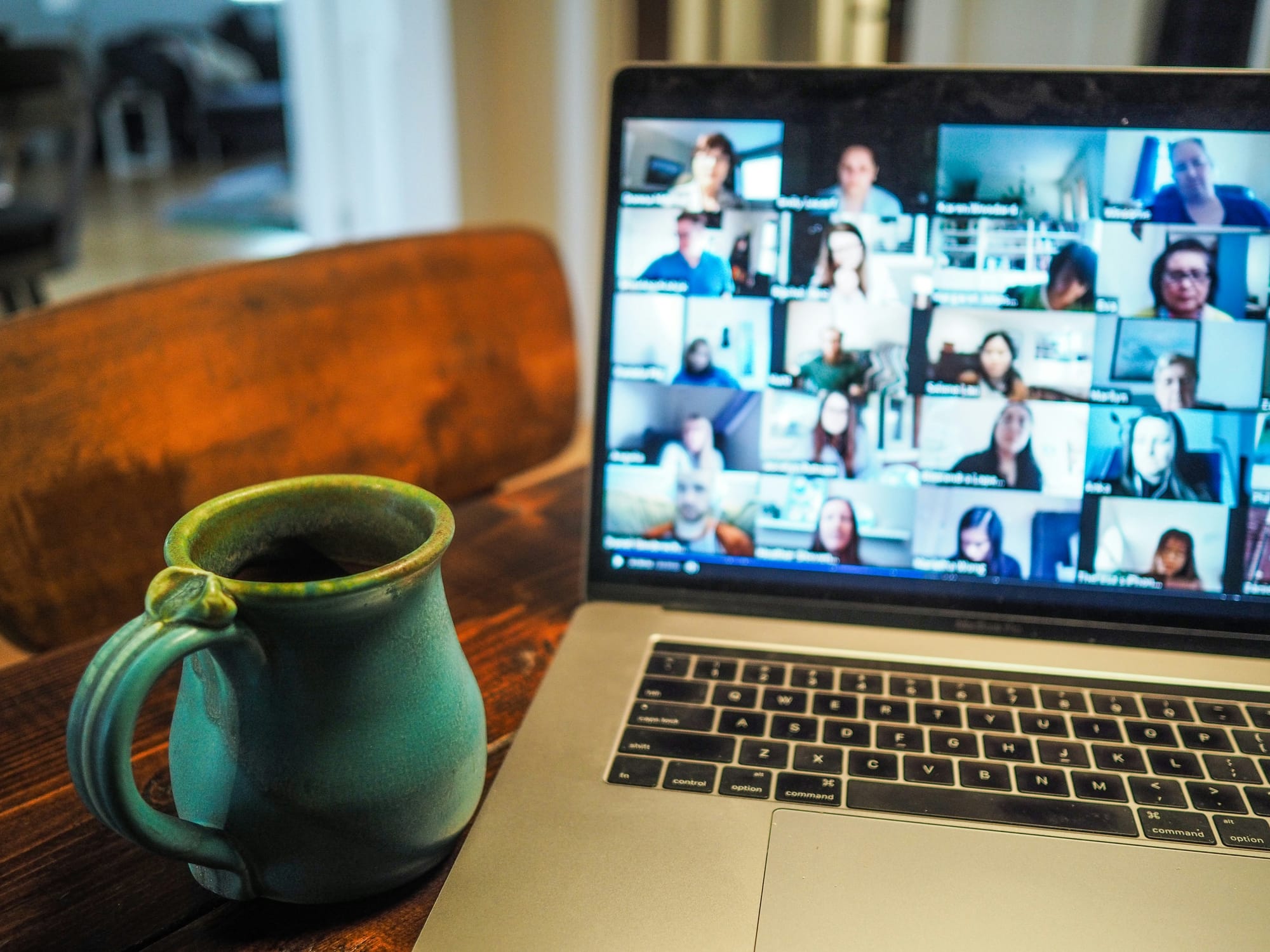Rituals 2.0: How Technology is Reinventing Community in the Digital Age

- Mircea Eliade and Emile Durkheim define a basis and utility for ritual in human connection.
- Ritual is what's missing in modern society leading to depression, anxiety, and the loneliness epidemic.
- Ritual can be embedded in UX design.
- Technology is only isolating if the humans behind it neglect its design.
Nothing made us feel the need for technology to facilitate human connection more than the 2020 pandemic lockdowns. Social media feeds were full of despairing complaints about missing church, bars, restaurants, and family reunions. It wasn't long until we realized that technology could help reenvision a connected world despite the circumstances of our isolation.
Although we're no longer plagued with a pandemic scenario, (aha) modern living still creates circumstances that proliferate a loneliness epidemic and we may need to revisit how technology retains human connection in our lives.
Which of course leads us to look back on how humanity managed to maintain that human connection over the centuries, organically. One of the biggest common denominators between every culture in human history is ritual. Ritual is a repeated symbolic activity that facilitates community identity, transmits common values, and gives access to individuals to transcend toward a higher purpose through collectivism.

I.
Mircea Eliade wrote in depth on the differences between the sacred and the profane in religious history. He remarked that the aboriginal hunter-gatherer's time spent alone in their day to day work was profane whereas the communal ritual gathering of all members in their tribe was sacred. You can imagine Eliade's juxtaposition on the sacred and the profane like the difference between a corporate work rally and the private time you spend working alone.
When you're together as a community there's a shared hype; that's sacred. And then there's you working alone at your desk counting the minutes to clock out; that's profane. And it's the sacred moments that we find the most meaning, value, and shared hype around a communal identity. It's definitely the more fun part of any community.
That notion of sacred is something Emile Durkheim would call collective effervescence. Durkheim wrote that ancient aboriginal folks would identify with the group which they identified with god which they would then project unto a totem as a symbol of their unity. He remarked that "god and society are one of the same…the god of the clan…can be none other than the clan itself, but the clan transfigured and imagined in the physical form of a plant or animal that serves as a totem."
Which is something we can see today in the NFL. Teams have a name, a mascot, and they build hype for the spirit of their common interest when they gather. It's not some foreign ancient concept, but something that we celebrate in different forms today. So how do we harness this collective effervescence in a digital-first world?
"god and society are one of the same…the god of the clan…can be none other than the clan itself, but the clan transfigured and imagined in the physical form of a plant or animal that serves as a totem."

II.
Ritual isn't just something for ancient history. It's a template for human connection. One that UX design can intersect with. And it's something that modern society is bankrupt in. More and more traditional ritual like family dinners, local festivals, and religious ceremonies are declining in attendance.
The replacement for these features of ritual haven't been helpful in the way of connection either. Passively scrolling through algorithmic feeds for superficial engagement dilutes collective effervescence on social media cheapening the value of parasocial relationships. The loneliness epidemic, increases in depression and anxiety, as well as a general lack of communal belonging can all be explained by the sharp shift in the history of human socialization in light of the Information Age. We spent centuries gathering to hype each other up over a common goal, and we've swapped that for "Likes" on content we don't care about because an algorithm pegged it as a good contributor to our dopamine addictions.
III.
Weddings, memorials, concerts, and comedies can all be hosted on "Live" social media events allowing for participation around the world. And more than leaving it at mere content consumption UX design can also lend itself to making the experience more participatory so that viewers help shape the experience.
Breakout rooms and shared playlists can make users feel like they're a part of the scheduled event itself. VR can opt toward full body interaction with haptic feedback. One of my favorite ideas is online co-creation circles where users actively create stories or art together commemorating a mutual celebration.
And it's not completely unheard of. The 2020 San Francisco Pride Parade which usually boasts over a million attendants went virtual during the covid lockdown. It was a success, and helped countless folks in the LGBT community feel connected during a turbulent time in global history.

IV.
Technology isn't inherently isolating. It's a mirror of our intentions. And for the greater part of cyber history the main intention has been profits instead of people. Tech leaders in design, development, and business should embrace their role as architects of human connection and meaning. And users need to take a more active role in their experience by not letting algorithms decide what they're going to look at on the internet, but rather become active participants looking for more meaningful corners of the internet that resonate with their values.
It's not enough to fire up a dopamine-pushing addiction-based algorithm and be upset that you're lonely and depressed. Human connection in cyberspace isn't something you can be spoon fed. Rather you're going to have to seek out like-minded people with a common agenda. Find collaborators around the internet that share your passions for programming, illustration, music, philosophy, etc. And together we can make the internet a more meaningful place for all of us. A place that fosters authentic organic human connection.


